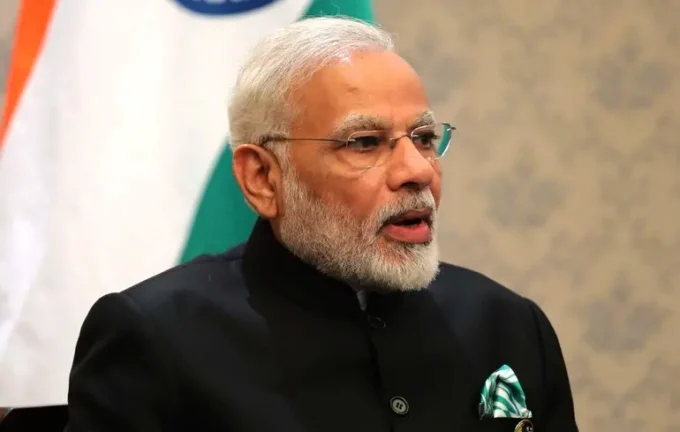India Caught in Currency and Trade Challenges Amid Trump’s Tariff Threats

As the United States mounts sharp economic threats through tariffs and aggressive rhetoric, India finds itself at a critical juncture, facing potential financial and trade repercussions that could significantly impact its economy.
Reports indicate mounting pressure on the Indian rupee, which risks dropping to a historic low amid Washington’s vocal criticisms of India’s vigorous export activities and trade barriers.
The US demands measures to protect its economic interests ahead of new tariffs that could apply to up to 25% of India-US trade by late May.
This situation has caused serious concern among Indian officials, who are preparing for potential blows to vital sectors such as jewelry and textiles.
Meanwhile, Indian Prime Minister Narendra Modi has urged citizens to buy Indian-made products to bolster local industries.
Behind the scenes, government officials are engaged in negotiations to find ways to soften the fallout from possible sanctions, though no concrete support measures for affected sectors like dairy, which remains heavily tariff-protected at up to 60%, have yet been announced.
Economists warn that a 25% tariff could reduce India’s GDP growth by approximately 0.3%, while raising fears of decreased investments and an outflow of capital.
Diplomatic sources reveal ongoing efforts to seek a compromise through discreet channels to mitigate the escalating tensions.
Over recent months, the US has been pushing for a new trade agreement that could lower tariffs and improve mutually beneficial trade terms.
However, recent threats from Trump to impose tariffs on Russian oil imports—of which India is a significant buyer—further complicate prospects for cooperation.
Indian officials continue to affirm their stance that US sanctions are unwarranted and primarily aimed at India’s close energy and military ties with Russia.
As the situation unfolds, India is also preparing measures to support exporters through additional financial incentives while considering easing restrictions on US dairy product imports, such as cheese and condensed milk, with strict labeling requirements.
Economists emphasize that maintaining tariffs at current levels or raising them could hamper India’s economic growth trajectory, potentially leading to slower GDP expansion and a decline in investments.
Politically, opposition parties criticize Modi’s previous friendly relations with Trump and express concern over the potential consequences of increased US sanctions.
Overall, this scenario exemplifies the interconnectedness of internal and external risks, demanding diplomatic agility, strategic negotiation, and long-term planning by Indian policymakers amid the ongoing global trade conflicts.

